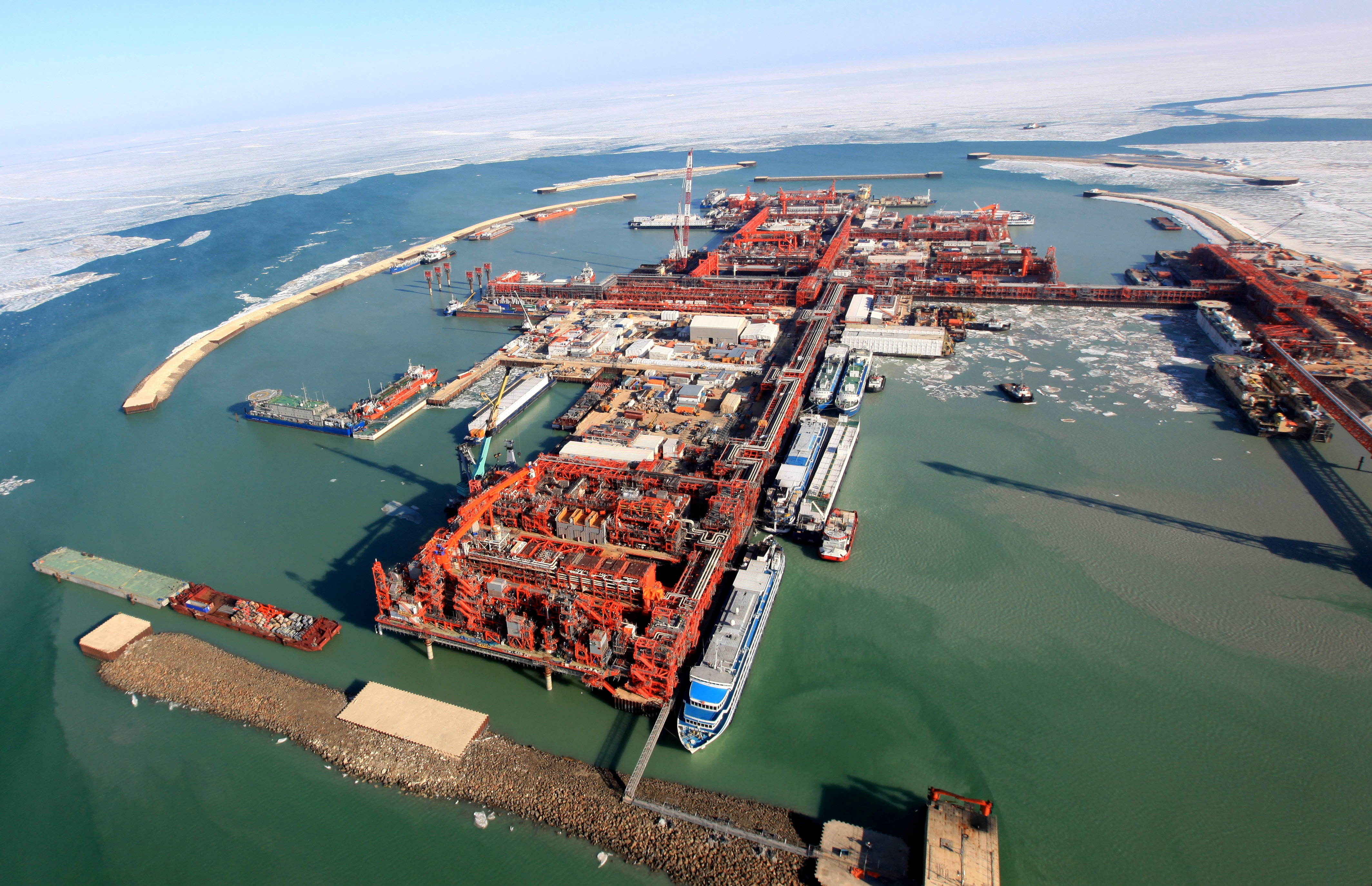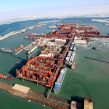
Declining Oil Prices Endanger Revamped Italian-Kazakhstani Energy Ties
Publication: Eurasia Daily Monitor Volume: 12 Issue: 7
By:

In the current volatile energy market, Italy has again bet big on hydrocarbon-rich Kazakhstan, trying to re-cement its cooperation with the Central Asian republic. The bilateral partnership had been strained over the past two years by delays with the large-scale Kashagan oil field development venture, and the fallout from a diplomatic scandal.
On December 22, 2014, Claudio Descalzi, the chief executive of the Italian state-owned energy producer ENI, met in Astana with Kazakhstan’s Prime Minister Karim Massimov and Minister of Energy Vladimir Shkolnik to take stock of the company’s activities in the Central Asian country. During the talks, Descalzi highlighted the importance of the agreement, concluded just a few days earlier, between the Kazakhstani government and the North Caspian Operating Co. (NCOC)—the production consortium operating Kashagan, in which ENI is a participant. The agreement restarts the project, which was halted in October 2013 because of a string of ecological, financial and operational glitches (ENI.com, December 22, 2014).
Located in the North Caspian Sea, off the coast of Kazakhstan, Kashagan is a giant oil field that harbors proven oil reserves of 16 billion barrels. Its production started in September 2013, but one month later was suspended when gas leaks in the primary pipeline were detected.
The recent deal provides that all disbursements relative to the replacement of the crippled pipeline network will be at the expense of NCOC, with no losses to the government in Astana. Italy’s sub-sea conduit builder Saipem, which is controlled by ENI, is in talks with Kashagan’s contractors to replace the current pipeline system, whose cost has been preliminarily valued at some $3 billion (Reuters Italia, October 10, 2014).
ENI’s presence in Kazakhstan dates back to 1992. In addition to Kashagan, ENI co-manages the Karachaganak field in the west of the country. In June 2014, at a ceremony in Astana attended by Italian Prime Minister Matteo Renzi and Kazakhstani President Nursultan Nazarbayev, ENI and Kazakhstan’s national oil and gas producer KazMunaiGaz signed an agreement to jointly develop the Isatay block, an offshore exploration area in the northern Caspian Sea, in western Kazakhstan. The two energy companies also agreed on a plan to co-develop a shipyard in Kuryk, a Kazakhstani Caspian Sea port, where Azerbaijan-bound crude oil from Kashagan should transit in the future (ENI.com, June 12, 2014).
Kazakhstan’s government and NCOC have secured Azerbaijani approval for the project to pump oil from Kashagan to the European market via the Baku-Tbilisi-Ceyhan (BTC) pipeline, in which ENI has a 5-percent share. Crude oil extracted from the Kashagan field will be also pumped to the Russian oil terminal in Novorossiysk, on the Black Sea, where ENI holds a 2-percent stake (ENI.com, June 12, 2014).
Mutual and complementary interests are at the root of the Italian-Kazakhstani economic entente. Signals that “misunderstandings” between the two countries had been cleared up emerged in summer 2014, when the parliament in Astana ratified a deal on the transit through Kazakhstan’s territory of Italian military equipment and personnel that would have to leave Afghanistan after the end of the International Security Assistance Force (ISAF) mission later that year (Ilpost.it, June 13, 2014).
Earlier, Rome and Astana had already weathered and emerged relatively unscathed from a scandal that sparked international attention. In May 2013, the wife and then six-year-old daughter of notorious former Kazakhstani Minister of Energy, Industry, and Trade Mukhtar Ablyazov, now a political opponent of Nazarbayev’s, had been deported from Italy to Kazakhstan (Ansa, July 30, 2014).
Kazakhstan is eager to gather support from European countries to occupy a temporary seat at the United Nations Security Council and join the World Trade Organization (WTO). Whereas, Italy aims to nurture its trade relationship with an attractive Eurasian economy that can boast of huge oil and gas reservoirs and a favorable investment climate.
Italy and Kazakhstan featured combined trade totaling about $5 billion, in 2013, with Italy registering a $3.3 billion deficit. After China, Italy is the second-largest importer of Kazakhstani goods—mostly fossil fuels—and the sixth-biggest exporter to the Central Asia nation, according to the Italian Ministry of Foreign Affairs (Ambastana.esteri.it, accessed January 13, 2015). By way of comparison, the European Union is Kazakhstan’s largest overall commercial partner, with total trade in goods topping $34.3 billion, in 2013. Almost half of the foreign direct investment flows into the country comes from the European bloc, Eurostat reports.
The launch, on January 1, 2015, of the Eurasian Economic Union (EEU), the regional integrationist grouping formed by Russia, Kazakhstan, Belarus, Armenia and, in the foreseeable future, Kyrgyzstan, may introduce an important variable in the relationship between Astana and its European counterparts. As Zhanargul Kusmangaliyeva, the director of the Institute of Eurasian Integration in Astana, put it, Kazakhstan might turn into Europe’s gateway to a vast single market made up of 170 million people (Geopolitica-rivista.org, December 6, 2014).
It seems that Kazakhstan is striving to strike a balance between its cumbersome Russian neighbor and the EU. Astana is promoting a multi-vectored foreign policy to strengthen its position within the EEU to the Kremlin’s detriment, at a time when Moscow is facing both an economic downturn and the sharp decline of its currency. In light of this, it is no coincidence that Nazarbayev has decided not to join the Kremlin’s commercial countermeasures against the sanctions imposed by the West over Moscow’s interventions in Ukraine.
However, in its drive to play a pivotal role amidst the current power struggle between Russia and Europe, Kazakhstan may face serious challenges. Indeed, if oil and gas prices continue their rapid fall, it will be hard for Astana to keep attracting European energy producers in the mid to long term. Recent estimates by Citigroup bank suggest that declining oil prices will lead to cuts in earnings for major oil companies through 2017, prompting them to postpone more projects. According to the US financial giant, ENI will need an average price of more than $100 a barrel so that its $5 billion investment in Kashagan can become profitable (Milano Finanza, January 5, 2015). For the moment, at least, it is difficult to predict when global oil prices might again reach those levels.




